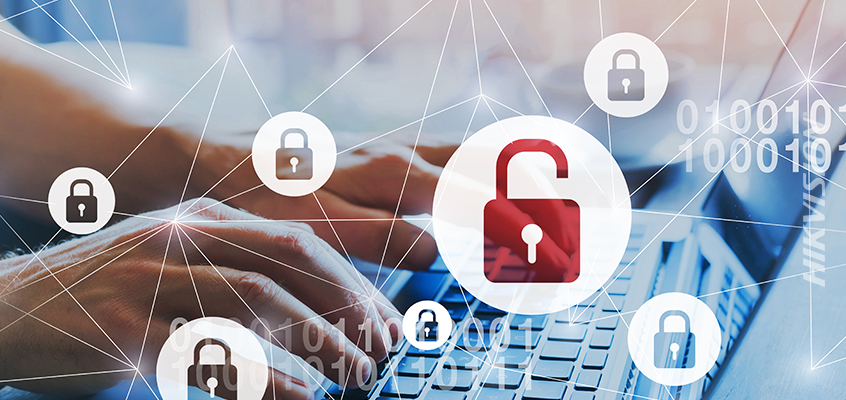SSI’s 2019 Physical-Logical Security Assessment Highlights Industry Focus on Cybersecurity, Concerns about Security Breach
Hikvision Covers Security Dealer, Manufacturer, Roles to Prevent Security Breach
Covering insights from its fifth annual 2019 Physical-Logical Security Assessment (PLSA), Security Sales & Integration (SSI) highlighted the security industry’s increasing focus on cybersecurity and continued concerns about security breach in the article, “2019 Cybersecurity Assessment: Security Industry Embracing IT, But Fears Worst Breach Is Yet to Come.”
The PLSA is an annual survey of security dealers and integrators conducted by SSI.
PLSA results indicate that dealers are taking cybersecurity more seriously and taking more action to address these threats. “Respondents say their IT/cyber knowledge has grown and that they want to continue to learn more. They also say their companies are responding to vulnerability issues more thoroughly and quickly, and are more likely to have taken important steps like updating insurance policies and contracts, and implementing best practices,” according to the article.
SSI cautions that growth in security breach incidents could be driving this behavior. From the article: “Cyberattacks and data [security] breaches show no signs of abating any time soon. According to the website gomindsight.com, crypto-jacking attacks are up 8,500 percent, Internet of Things (IoT) device attacks rose 600 percent and software supply chain attacks jumped 200 percent.”
Here is some data from the assessment:
- 26 percent of respondents were highly concerned that a system they installed would be compromised by a customer’s security breach.
- Awareness of security breaches has increased over previous years.
- Respondents are growing increasingly concerned about the impact of breach on customers.
- 7.7 percent expect manufacturers to help them mitigate threats
An excerpt from the PLSA: “Many of those moves, however, may be driven by reports of higher incidence of actual breaches and an elevated level of perceived threat. Known customer breaches rose to 44 percent and concern about security systems being compromised hit an all-time study high. Dealers and integrators are also more worried than ever about potential vulnerabilities of the products they sell and are also more cognizant of possible liability exposure. Concern about cloud and home automation vulnerabilities also rose.”
Click here to read more and to download a copy of the PLSA.
Hikvision Covers Security Dealer, Manufacturer, Roles to Prevent Security Breach
A good read for security integrators is Hikvision’s article “Hikvision Cybersecurity Director: Roles and Responsibilities to Avoid Cybersecurity Breach.” In the article, Hikvision’s Chuck Davis outlined roles for security industry players to mitigate risk. From the article:
Manufacturers should:
- Test software and hardware regularly
- Respond to and communicate about vulnerabilities quickly
- Create good cybersecurity best practices documentation and education
- Installers, resellers, and architects should:
- Understand and educate themselves on cybersecurity best practices
- Create network architectures and support models that promote those practices
- Regularly communicate with manufacturers about potential threats and vulnerabilities
- Ensure that firmware is up to date on installed equipment and that passwords are changed from default to complex
Owners/End users should:
- Understand that they own, and are responsible for, the devices that they put on the Internet
- Keep firmware and patches up to date by either maintaining those devices or keeping a support contract with someone who will
Hikvision also offers cybersecurity resources such as the online Cybersecurity Center that you can access here.

